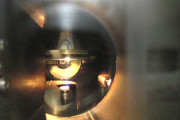 2020-05-21
2020-05-21
Researchers at the University of Tokyo published a research demonstrating their achievement of the highest mobility among thin films of tin dioxide. This high mobility could allow engineers to create thin and even transparent tin dioxide semiconductors for use in next-generation LED lights, photovoltaic solar panels or touch-sensitive display technologies.
Tin dioxide can be made into a semiconductor. A research team from the Department of Chemistry at the University of Tokyo demonstrated the highest mobility in a thin film of tin oxide ever achieved. The improved mobility no...
Continue reading →
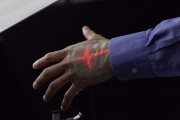 2018-11-26
2018-11-26
Combining LED technology and medical research, several integrations have been revealed, showing the potential of the technology in healthcare applications and development. LEDinside has collected some innovative examples of LED applications which create possibilities for future medical improvement. Elastic Micro LED skin sensor system In February 2018, a new ultrathin, elastic Micro LED display that fits snugly on the skin was developed by researchers at the University of Tokyo and Dai Nippon Printing (DNP) in an academic-industrial collaboration. The int...
Continue reading →
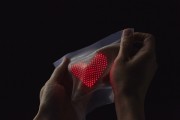 2018-02-21
2018-02-21
A new ultrathin, elastic display that fits snugly on the skin can show the moving waveform of an electrocardiogram recorded by a breathable, on-skin electrode sensor. Combined with a wireless communication module, this integrated biomedical sensor system - called "skin electronics" - can transmit biometric data to the cloud.
Continue reading →
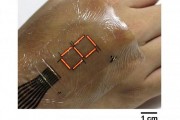 2016-04-19
2016-04-19
University of Tokyo researchers have developed an ultrathin, ultraflexible, protective layer and demonstrated its use by creating an air-stable, OLED display. This technology will enable creation of electronic skin (e-skin) displays of blood oxygen level, e-skin heart rate sensors for athletes and many other applications.
Continue reading →
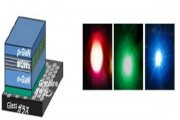 2014-06-25
2014-06-25
A team of researchers in Japan have developed a new technology for creating GaN LEDs on glass substrate, according to Japanese media source Nikkei Technology.
Continue reading →
 2020-05-21
2020-05-21
 2018-11-26
2018-11-26
 2018-02-21
2018-02-21
 2016-04-19
2016-04-19
 2014-06-25
2014-06-25